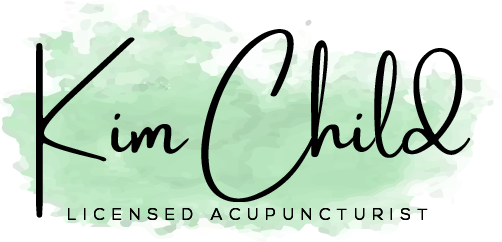Phytoestrogens and menopause
Why soya might help your hot flushes and other troublesome menopausal symptoms...
Phytoestrogens refer to plant based ‘oestrogen’ occurring naturally in plants. They have a similar structure to our own body oestrogen. They are able to bind to the same receptors that our own oestrogen does. This can vary depending on oestrogen environment, so being in your reproductive years or menopausal with lower oestrogen.
But this goes back to physiology basics… it all depends on how they bind to an ‘individuals’ specific oestrogen receptor, this can vary for each woman.
During perimenopause or postmenopause when the body's oestrogen is low, phytoestrogens may help ease the symptoms of low oestrogen in about 1 in 3 women. This is because about a third of the population has the specific gut bacteria that can metabolise the isoflavones (a type of phytoestrogen) in soy to a more potent phytoestrogen called equol. The amount of isoflavones needed daily to achieve therapeutic effects is contained in about 200g of tofu, or 100g of tempeh.
Eating foods rich in phytoestrogens is nutritious. It can provide protein, fibre, vitamins and minerals. The effect of phytoestrogens on menopausal hot flushes varies between individuals, as only a third to a half of individuals have the gut bacteria to convert phytoestrogens for the body to use. There is evidence phytoestrogens can help with bone and cardiovascular health by boosting soy based foods and supplements.
However, this is not recommended for women with a high risk of breast cancer, or who have had breast cancer.
Foods high in phytoestrogen:
There are three groups:
Isoflavones (found in soy and other legumes such as chickpeas, mung beans and alfalfa)
Coumestans (found in alfalfa and clover sprouts, and sprouted legumes such as mung beans and soy sprouts)
Lignans (found in linseed, grains and vegetables)
Soy products
tempeh
soy beans
tofu
miso
whole soybean soy milk
soy drinks
Grains
oats
rice
barley
quinoa
rice bran
rye
wheat germ
Seeds and nuts
flaxseed
sesame seeds
sunflower seeds
pistachios
almonds
Legumes
chickpeas
lentils
red kidney beans
alfalfa
mung beans
split peas
How much soy contains 50mg of isoflavones? 50mg of soy isoflavones =
About 200g tofu, 100-150g of tempeh, 3 cups of whole bean soy milk, 100g of cooked/canned soybeans
Not all soy milks are fortified with calcium. If your brand does not have 120mg of calcium per 100ml or higher, a calcium supplement might be a good plan.
Eating a diet with moderate amounts of whole soy foods such as tofu, soy beans and breads made from soy flour is healthy. Avoid highly processed soy foods and soy based supplements, they work differently to soy found in nature.
Some ideas to eat some lovely soya:
Add tofu to a stir fry - I like Clear Spring Tofu, then sprinkle sesame seeds over
Linseed crackers with 1/4 cup of hummus
Miso soup
Vegetable & soya bean soup
Low fat soy milk smoothie with flaxseed oil, apple & pear
Tempeh burgers & a salad with sunflower seeds sprinkled over
Dark rye toast with lentil dip
